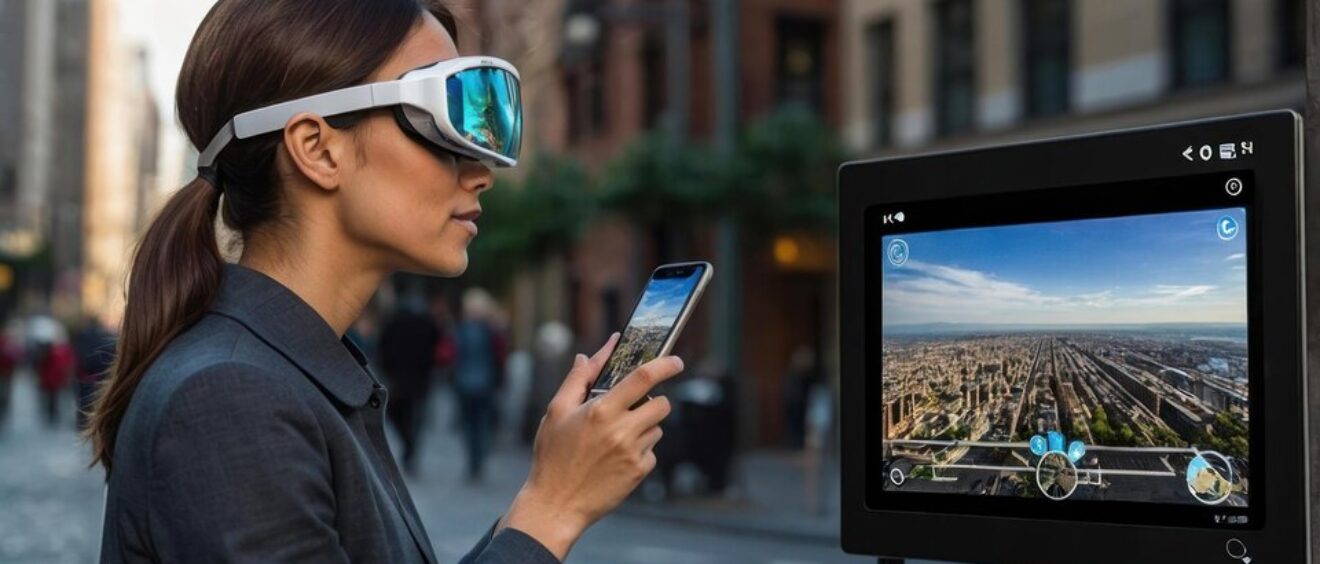Virtual tours have become an indispensable tool in various industries, from real estate to tourism. They offer a dynamic and immersive experience that allows users to explore spaces remotely. However, behind the captivating visuals and seamless navigation lies a complex pricing structure influenced by several factors. Understanding these factors is crucial for businesses and individuals looking to invest in it from the true cost of a virtual tour.
The cost of a virtual tour is determined by various elements, including the complexity of the project, the quality of the images and technology used, the size of the space being captured, and additional features such as interactive elements or customized branding. Each of these factors contributes to the overall price tag and understanding them is essential for both providers and consumers of virtual tour services.
Complexity of the Project
One of the primary factors influencing the cost of a virtual tour is the complexity of the project. This includes the intricacy of the space being captured and the level of detail required in the final product. For example, a simple virtual tour of a small apartment will be significantly cheaper than a comprehensive tour of a large commercial property or historical site. Additionally, factors such as the number of rooms or areas to be included, the presence of intricate architectural details, and the need for specialized equipment or techniques can all impact the overall cost.
Moreover, the complexity of the project also extends to the post-production phase, where images and footage captured during the tour are processed and stitched together to create a seamless viewing experience. This process requires specialized software and skilled technicians, adding to the overall cost of the project. Therefore, businesses and individuals should carefully consider the complexity of their virtual tour project when budgeting for this service.
Quality of Images and Technology
Another crucial factor that affects the pricing of virtual tours is the quality of the images and technology used in capturing and presenting the tour. High-resolution images and advanced camera technology can significantly enhance the visual appeal and realism of a virtual tour but come at a higher cost. Similarly, the use of cutting-edge software and platforms for hosting and viewing the tour can contribute to the overall price tag.
Investing in high-quality images and technology is essential for creating an engaging and immersive virtual tour experience that captivates viewers. However, businesses and individuals should be prepared to pay a premium for these features. Moreover, advancements in technology, such as virtual reality (VR) and augmented reality (AR), are also driving up the cost of virtual tours as they offer more interactive and immersive experiences.

Size of the Space
The size of the space being captured is another significant factor influencing the cost of a virtual tour. Larger spaces require more time and resources to capture effectively, resulting in higher costs. For example, a virtual tour of a sprawling estate or a multi-story office building will require more extensive planning, equipment, and manpower compared to a smaller space.
Additionally, larger spaces may also require multiple tours or viewpoints to provide a comprehensive experience to viewers. This can further increase the overall cost of the project. Therefore, businesses and individuals should consider the size of the space when budgeting for a virtual tour and be prepared for higher costs for larger properties.
Additional Features
Beyond the basic elements of a virtual tour, additional features such as interactive elements, customized branding, or special effects can also impact the pricing. Interactive features like hotspots, floor plans, or guided tours enhance the user experience but require additional development time and resources, resulting in higher costs.
Similarly, businesses may choose to incorporate their branding elements into the virtual tour to create a cohesive brand experience for viewers. This customization adds a unique touch to the tour but may come at an additional cost. Special effects such as 3D modeling, animations, or virtual staging can also elevate the virtual tour but require specialized skills and technology, adding to the overall price tag.
The True Cost of a Virtual Tour: Choosing Wisely
In conclusion, the cost of a virtual tour is influenced by various factors, including the complexity of the project, the quality of images and technology, the size of the space being captured, and additional features. Understanding these factors is essential for businesses and individuals looking to invest in virtual tour services. By carefully considering these factors and budgeting accordingly, businesses can ensure they get the most value out of their virtual tour investment.
As a provider of virtual tour services, Bayou City 360 understands the importance of delivering high-quality and immersive experiences to our clients. With our cutting-edge technology and experienced team, we strive to create virtual tours that captivate viewers and showcase spaces in the best possible light. Whether you’re in real estate, hospitality, or any other industry, we’re here to help you take your virtual tour experience to the next level. Visit our website to learn more about our services and how we can help you stand out in the digital landscape.

